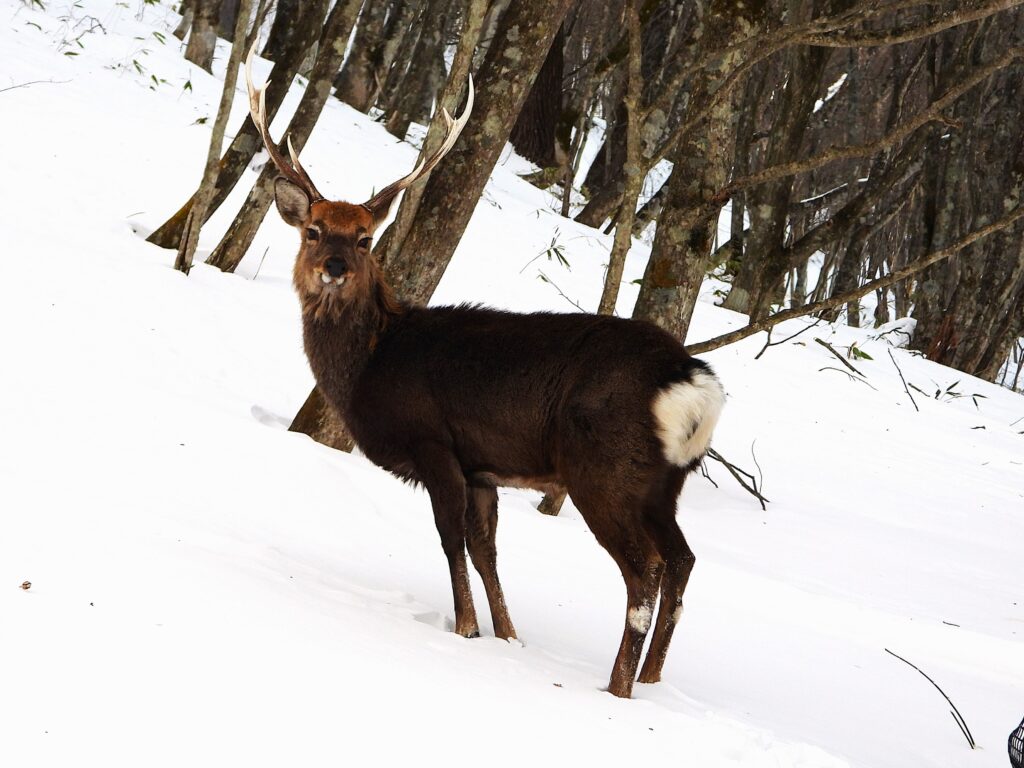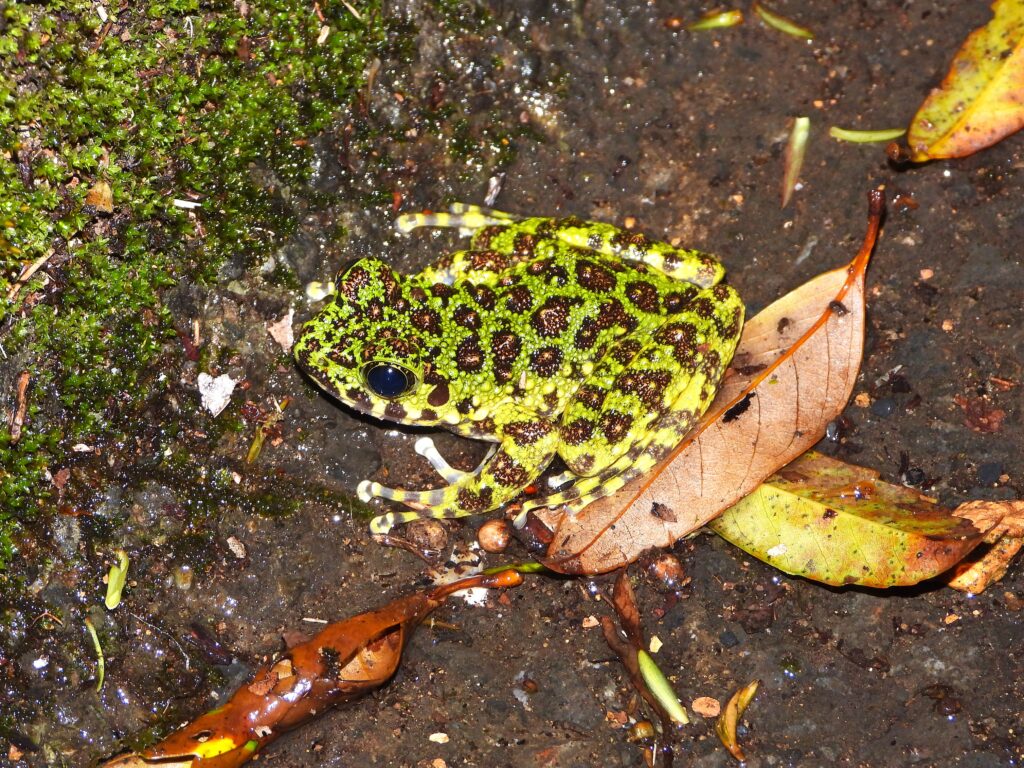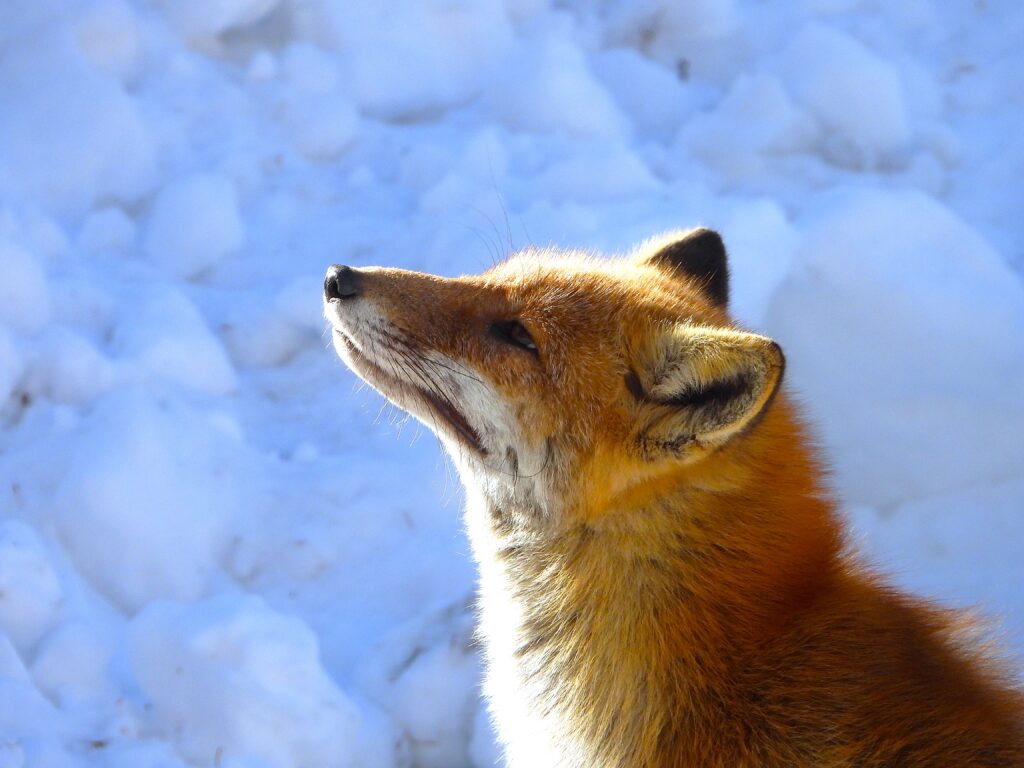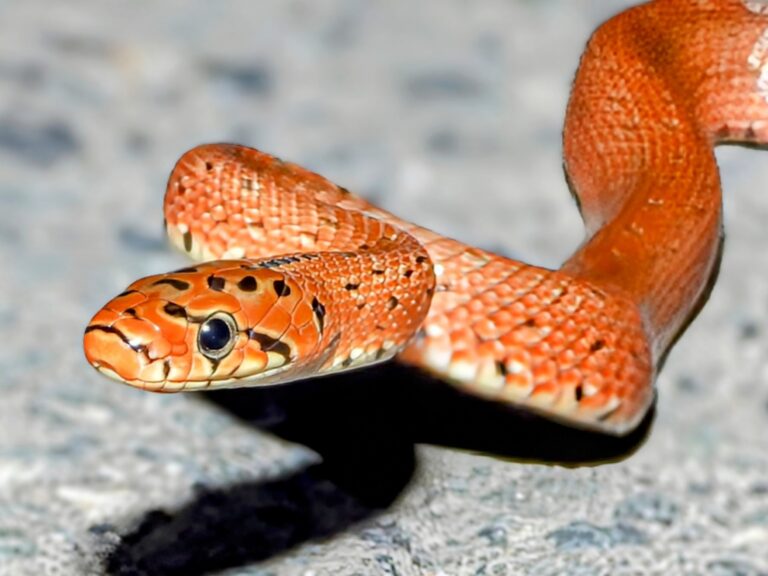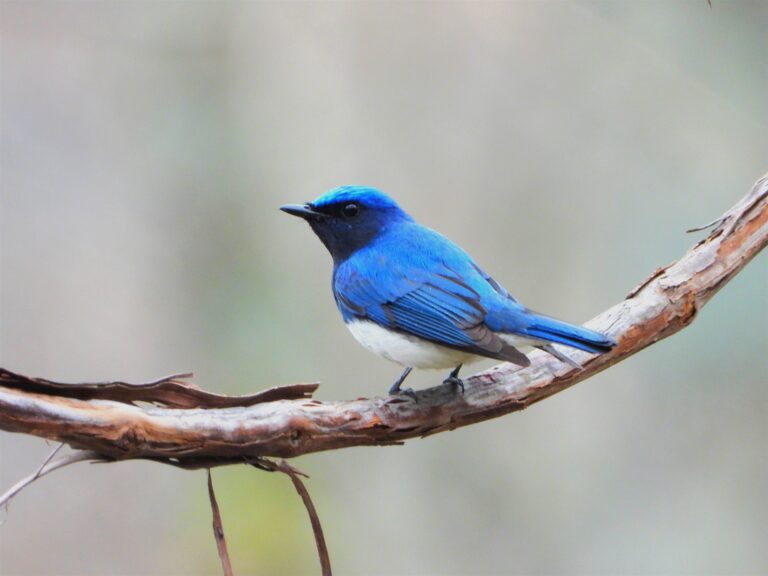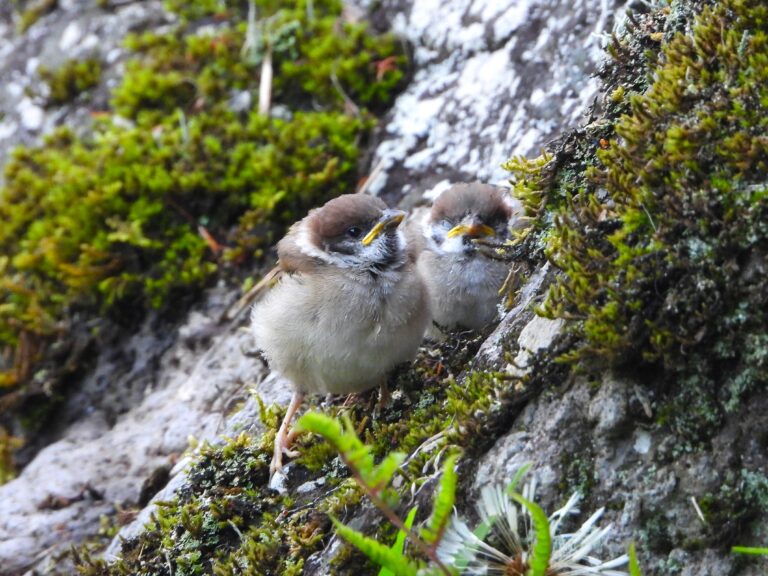Japan Animals – Complete Guide to Wildlife in Japan
Introduction
From the snowy peaks of Hokkaido to the subtropical forests of Okinawa, Japan’s islands host an extraordinary range of land animals.
This guide introduces Japan’s most representative terrestrial species—mammals, birds, reptiles, amphibians, and insects—photographed and observed in their natural environments.
All photos are original field records taken across Japan.
As you explore, you’ll discover how Japan’s unique geography has shaped its fascinating wildlife.
Mammals of Japan 🦌
Japan’s mammals include familiar species such as the Sika Deer and Japanese Macaque.
In addition, several endemic species—like the Amami Rabbit and Japanese Serow—exist only in Japan.
From snowy mountains to subtropical forests, these mammals show how wildlife has adapted to many different environments.
Representative species:
Sika Deer (Cervus nippon) → Read more
Japanese Macaque (Macaca fuscata) → Read more
Asian Black Bear (Ursus thibetanus japonicus) → Read more
Japanese Serow (Capricornis crispus) → Read more
Amami Rabbit (Pentalagus furnessi) → Read more
Birds of Japan 🐦
From the elegant Red-crowned Crane in Hokkaido to the melodic Bush Warbler in spring, Japan’s birds reflect the rhythm of the seasons.
Because the country stretches so far north to south, both arctic migrants and tropical residents thrive.
As a result, Japan offers birdwatchers a chance to see an incredible diversity of species throughout the year.
Representative species:
Red-crowned Crane (Grus japonensis) → Read more
Steller’s Sea Eagle (Haliaeetus pelagicus) → Read more
Blue-and-white Flycatcher (Cyanoptila cyanomelana) → Read more
Japanese Robin (Larvivora akahige) → Read more
Japanese Bush Warbler (Horornis diphone) → Read more
Reptiles & Amphibians of Japan 🐍
Japan’s isolation and diverse climates have created many unique reptiles and amphibians.
In particular, some species evolved independently on different islands.
For example, the Amami Ishikawa’s Frog and Habu exist only in the Ryukyu Islands.
Meanwhile, the Japanese Tree Frog and Japanese Rat Snake are common across the mainland.
Together, they show how Japan’s varied habitats encourage adaptation and evolution.
Representative species:
Amami Ishikawa’s Frog (Odorrana splendida) → Read more
Japanese Tree Frog (Dryophytes japonicus) → Read more
Habu (Protobothrops flavoviridis) → Read more
Japanese Rat Snake (Elaphe climacophora) → Read more
Japanese Fire-bellied Newt (Cynops pyrrhogaster) → Read more
Insects of Japan 🦋
Insects play a vital role in Japan’s ecosystems and are closely linked to seasonal changes.
For instance, rhinoceros beetles and stag beetles dominate the summer forests.
Later, butterflies and red dragonflies mark the changing seasons.
These small creatures symbolize the beauty and rhythm of Japan’s natural world.
Representative species:
Japanese Rhinoceros Beetle (Trypoxylus dichotomus) → Read more
Miyama Stag Beetle (Lucanus maculifemoratus) → Read more
Maack’s Swallowtail (Papilio maackii) → Read more
Autumn Darter (Sympetrum frequens) → Read more
Endangered Animals of Japan 🐾
Japan is home to many rare and endangered animals found nowhere else on Earth.
These species represent fragile island ecosystems and show why conservation efforts are essential.
To protect them, preserving habitats and encouraging responsible tourism are key.
Representative endangered species:
- Iriomote Cat (Prionailurus bengalensis iriomotensis)
Found only on Iriomote Island in Okinawa; fewer than 100 remain. - Amami Rabbit (Pentalagus furnessi)
A primitive rabbit unique to Amami and Tokunoshima Islands, often called a “living fossil.” - Japanese Crested Ibis (Nipponia nippon)
Once extinct in the wild in Japan, now successfully reintroduced on Sado Island. - Bonin Flying Fox (Pteropus pselaphon)
An endangered fruit bat native to the Ogasawara Islands. - Japanese Giant Salamander (Andrias japonicus)
One of the world’s largest amphibians, living in clear mountain rivers of Honshu.
Each of these species highlights Japan’s biodiversity and the urgency of habitat preservation.
Where to See Animals in Japan 🗾
Wildlife can be observed across Japan’s diverse regions.
Here are some of the best places to experience nature firsthand:
Hokkaido: cranes, eagles, and brown bears in wetlands and mountain forests
Honshu: deer, monkeys, and serows in forested mountain areas
Kyushu & Amami: endemic frogs, snakes, and rare island mammals
Okinawa: tropical forests with colorful birds, reptiles, and amphibians
Each region offers unique opportunities for nature observation and photography.
Therefore, Japan stands among Asia’s richest destinations for wildlife exploration.
Author’s Impression
Encountering Japan’s wildlife—from deer walking through temple grounds to frogs calling after summer rain—reveals a deep connection between people, nature, and life itself.
Each island tells its own story.
Altogether, Japan remains one of the world’s most fascinating places for observing land animals.


